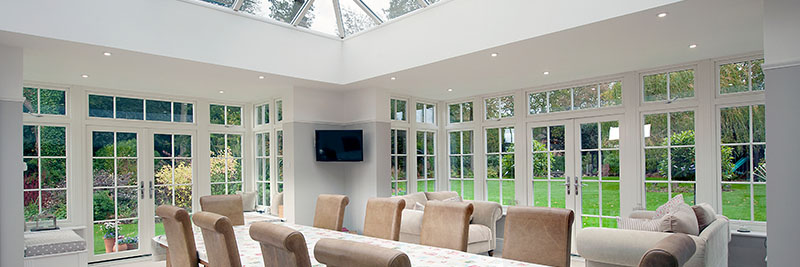Designing An Open Plan Kitchen For Entertaining Guests In Style
Designing a kitchen is one of the most difficult parts of redeveloping a building. The kitchen is without doubt the heart of the home and it’s where we like to entertain, relax and create memories.
With this in mind, open plan kitchen / diner / lounges are becoming more and more popular. The openness of the design allows for a continuous flow of atmosphere; all music and laughter can move freely, smells from the kitchen will fill the room and groups are not divided into individual rooms.
As such you may think that there’s not a huge amount involved in designing the layout of a kitchen, just make it as open as possible and that’s forgivable, most people only consider the aesthetics of a kitchen’s layout. However when it comes to a layout’s functionality, and in this case entertaining guests, there are a fair few aspects to consider before settling on a design layout.
Consider where you cook…

If you’re the kind of entertainer that like to have people over for dinner, enjoy each other’s company with a glass of wine as you produce for them an exquisite 5 course meal (and make it look so easy), then you will firstly want to consider where you do the majority of your food prep.
This is precisely the reason why kitchen islands and peninsulas have become so popular. They afford an entertainer, chef the ability to continue preparing dishes, whilst facing their guests – without an island set up, you would have to turn your back to the room to continue. Now, islands / peninsulas include hobs and ovens also, to continue this benefit.
There’s obviously nothing wrong with turning your back occasionally to your guests, but when sustained it gives guests the subconscious impression that you’re busy and can’t talk, stifling conversation.
Sometimes a kitchen can be too big…

When we say a kitchen can be too big, we’re not talking specifically about the kitchen, so much as the space between parts of the kitchen. One such area of this that you should pay attention to is the distance between an island/peninsula and the opposite counter top. A large kitchen is great and adds a brilliant wow factor to a home, it just needs to be divided properly.
Open spaces are great in a building, they make the room feel large and light, but they come with a downside: An open space begs to be stood in, sat in, or leant on. Having guests stood where you’re trying to cook, prepare food or generally work can lead to a frustrating time for everyone involved.
Avoid this issue by using the island as a barrier between you and the rest of your guests, place it close enough to the adjacent counter so that the space between doesn’t seem intended as an entertaining area, think about the distance between a bar or restaurant kitchen. Still, ensure that it’s not a squeeze to fit in there, there’s a fine line to walk between too much space and not enough. Encourage guests to place themselves on the other side of it subconsciously by placing seating on that side.
Look your guests in the eye…

Spare a thought as to where your guests might naturally stand and talk and ensure that there’s nothing that could hinder that and cause people to stand in unnatural positions in the room, simply to hold a conversation.
Low hanging lights over the central countertop may look beautiful and be a great design piece, but you’ll instantly be trying to talk between the bright gaps as you try to make conversations with your guests. Common mistakes include, low extractor hoods, cabinets, hanging pots and pans, and chandeliers. People will hold a little bit of conversation around the dinner table in the seconds before they sit down to dine, a low hanging light fixture may interfere with this natural back and forth and cause conversation to die once the first course is served.
Creating a fun and enjoyable space for entertainment is entirely down to your preference and how you enjoy entertaining your guests and these are purely areas to be aware of, not hard rules to live by. The most important thing is that you enjoy your living space.



